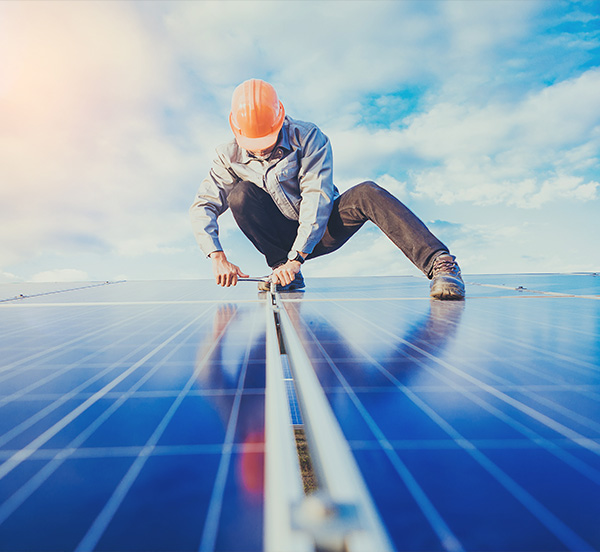Renewing the indoor air, evacuating pollutants, improving the comfort of the occupants, avoiding the degradation of the building, preventing humidity problems harmful to health, saving heating... The advantages of a well adapted ventilation are legion. An overview of the main systems.
The installation of controlled mechanical ventilation (CMV) is essential. In new buildings, it is even a legal obligation. In addition to renewing the air, this system makes it possible to evacuate humidity without opening the windows, thus without letting cold air in. This prevents unnecessary heat loss and saves energy. Especially since some CMVs can blow warm air into the home to increase thermal comfort. It remains to make the right choice.
The principle of single-flow CMV
From the 1970s onwards, new buildings were better and better insulated and therefore more airtight, and single-flow controlled mechanical ventilation (CMV) became widespread. Its principle is simple: fresh air enters the dwelling naturally through the ventilation of the facades and windows, then it passes through the so-called dry rooms (living room, lounge, bedroom) and is then evacuated to the outside in the wet rooms (kitchen, bathroom and toilets) through ducts. The electric motor, which extracts the stale air through the roof, is often housed in the attic. Little by little, the technique is improving.
More effective techniques
- The humidity sensitive single-flow CMVs are more efficient than the first generation CMVs, because their flow rate adapts to the ambient humidity, thus to the activities in the house (shower, kitchen...).
- The principle of the double-flow CMVs is clever: the air which has circulated in the dwelling heats the new air which enters there, hence an important heating saving. The filtration system for the incoming air also provides a healthier indoor atmosphere, free of certain outdoor pollutants such as pollens. But these units are 30% more expensive (purchase and installation) than single-flow models.
- The thermodynamic double-flow CMV is the most efficient ventilation principle. The incoming air is heated by a heat pump, which results in substantial heating savings. However, the installation is more complicated, more expensive and requires more extensive regular maintenance than for other models.
Distributed Mechanical Ventilation (DMV)
This system works on the same principle as the single-flow CMV but each wet room has its own extraction unit (motor) installed in each duct. The most recent models are silent and energy efficient. The VMR is particularly suitable for renovation, where the installation of a CMV is difficult or even impossible.
The climate sink
In regions subject to wide temperature variations, the climate sink, also known as the Canadian or Provençal sink, is a solution to be coupled with a CMV. The air, which is captured through an inlet in the garden, then follows a duct buried in the ground (1.5 to 3 m deep), where the temperature remains constant in all seasons. Then the air enters the house through a ventilation system. In winter, it is preheated before being introduced; in summer, it brings a natural coolness. This installation requires excellent professionals.
You now know the different ventilation systems possible mechanics for your housing. It is up to you to make the right choice according to your constraints, your budget and your needs.
To find out about devices that can help you save energy, go here.
Did you know that?
Cooking and washing up produce 1.5 kg of water vapour in your home every day.
In the same category
